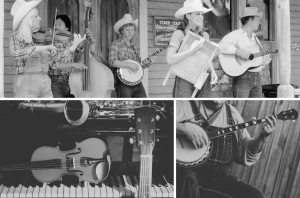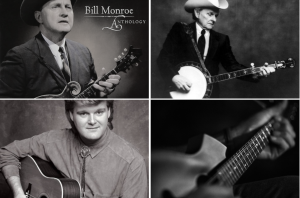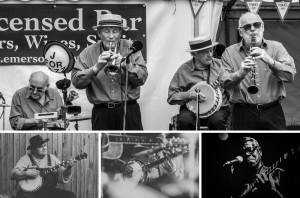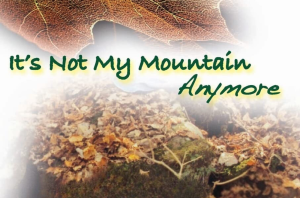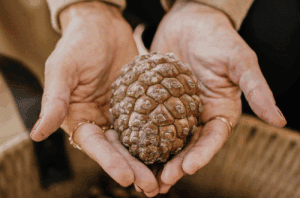
Doris Hunter: Turning Pinecones into Art
Doris Hunter has a gift for turning simple elements of nature into beautiful works of art. Using pinecones, twigs, mountain laurel, and bits of driftwood, she has created detailed works of art such as bird sculptures that look as though they could take flight at any moment. Each piece is a testament to her love of the Appalachian Mountains and the nature that surrounds her home in North Carolina.Doris began making her pinecone birds back in 1973. What started as a creative pastime soon became a lifelong career. Her work has been displayed across the region, even reaching national recognition when she was chosen to decorate the White House Christmas tree in 2002. One of her pieces now rests in the Smithsonian Institute, a lasting tribute to her craftsmanship and dedication.Along with being an artist, Doris is also behind the Mountain Artisans Craft Shows, where local makers can share their work. One of her most popular events is “Hard Candy Christmas,” held every year on the Thanksgiving weekend at the WCU Ramsey Center in Cullowhee, North Carolina. Her Christmas-themed event has now become a mountain tradition, drawing artists and visitors from all over.Through her passion for arts and crafts, Doris Hunter continues to encourage others to find beauty in the ordinary.



